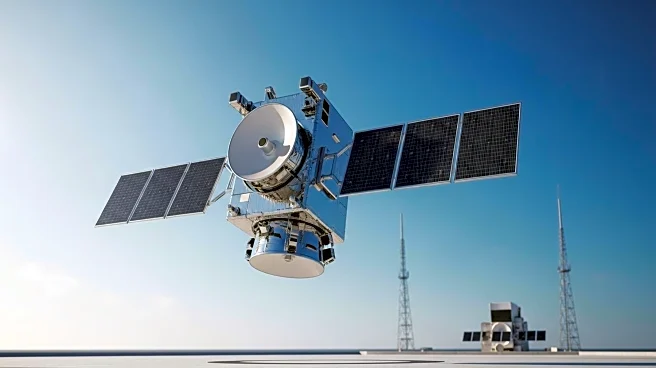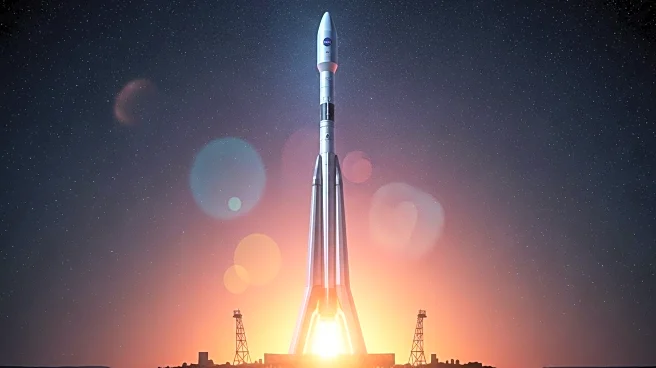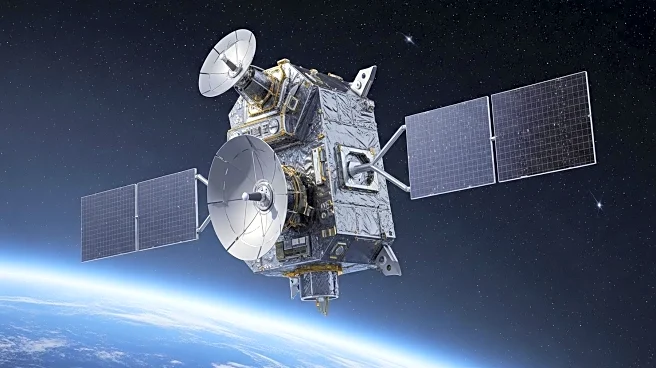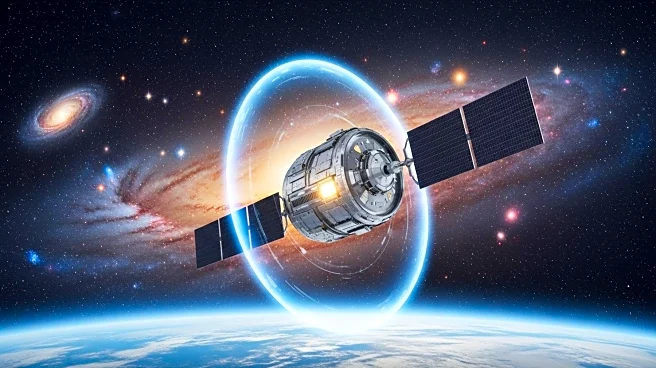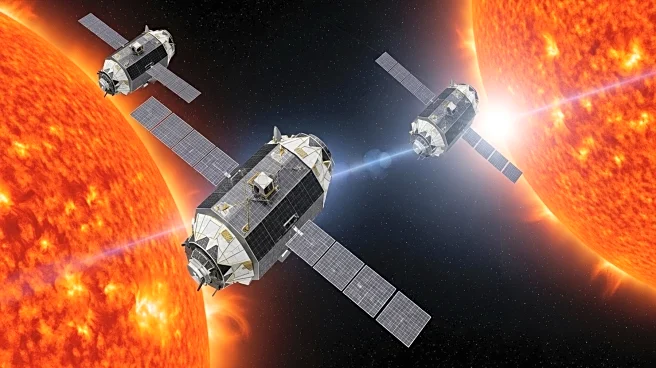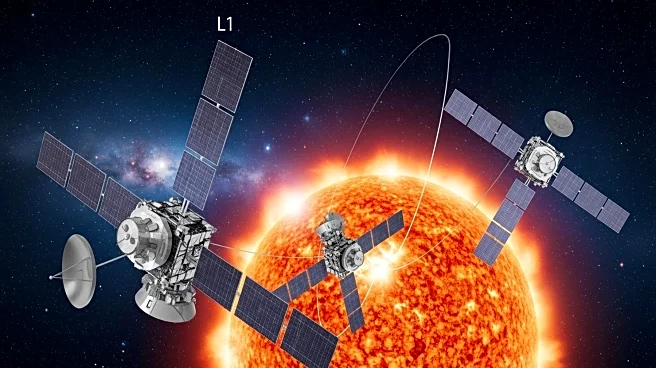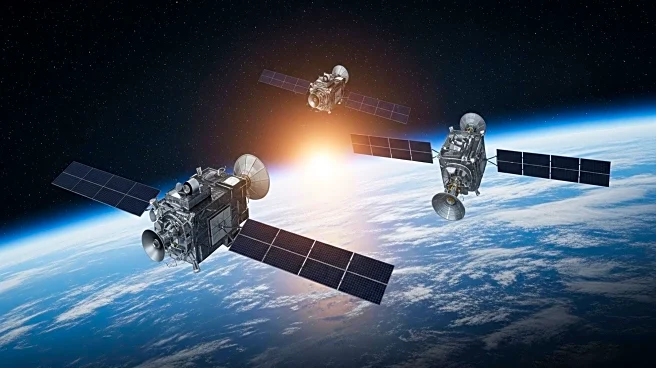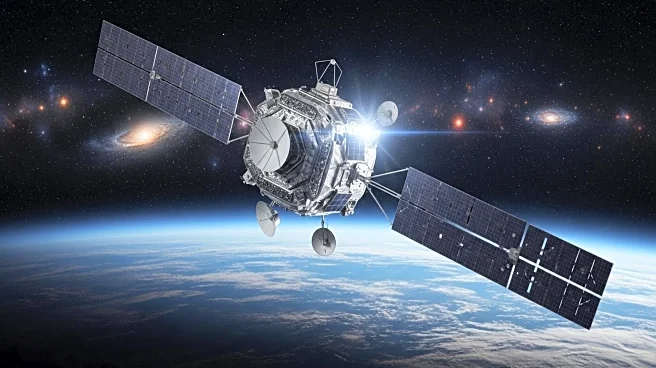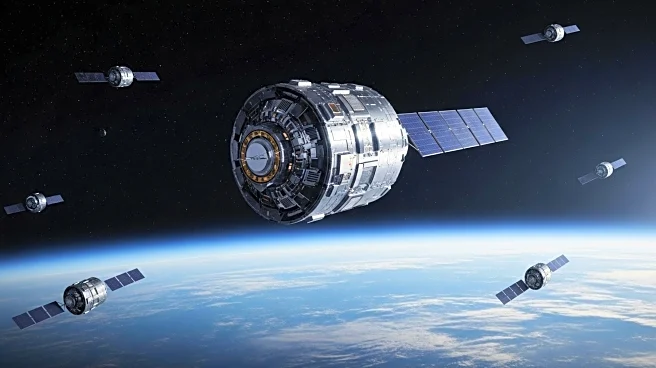What's Happening?
NASA's IMAP (Interstellar Mapping and Acceleration Probe) mission has been approved for launch, aiming to study space weather from the Sun and map the edges of the solar system. The mission will be launched aboard a SpaceX Falcon 9 rocket from NASA's Kennedy Space Center in Florida. Alongside IMAP, two rideshare missions will be launched: NASA's Carruthers Geocorona Observatory and NOAA's Space Weather Follow On–Lagrange 1 satellite. A prelaunch news conference is scheduled to discuss the missions, featuring key NASA and NOAA officials. The launch is targeted for September 23, 2025, with a backup opportunity on September 24.
Why It's Important?
The IMAP mission is crucial for advancing our understanding of the solar system's boundaries and the impact of space weather on Earth. By mapping the interstellar medium, IMAP will provide valuable data that can enhance space weather prediction capabilities, benefiting satellite operations and communication systems. The collaboration between NASA and NOAA highlights the importance of interagency efforts in addressing space weather challenges. Successful execution of this mission could lead to improved safety and reliability for technologies reliant on space-based systems.
What's Next?
Following the launch, NASA will conduct a science overview news conference to delve deeper into the mission's objectives and expected outcomes. The data collected by IMAP and its rideshare missions will be analyzed to improve space weather models and predictions. Stakeholders, including government agencies and private sector entities, will closely monitor the mission's progress and findings, which could influence future space exploration and technology development strategies.

